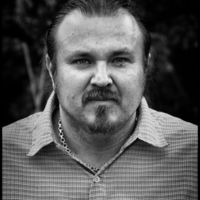"Måla med ljus"
The Nuremberg Defense – I Was Just Following Orders

During the World War II many German soldiers, officers and health care personel made horrible crimes against the humanity. When prosecuted after the war many of them claimed that they was just following orders and tried to move the blame for their crimes to the leaders who issued the orders.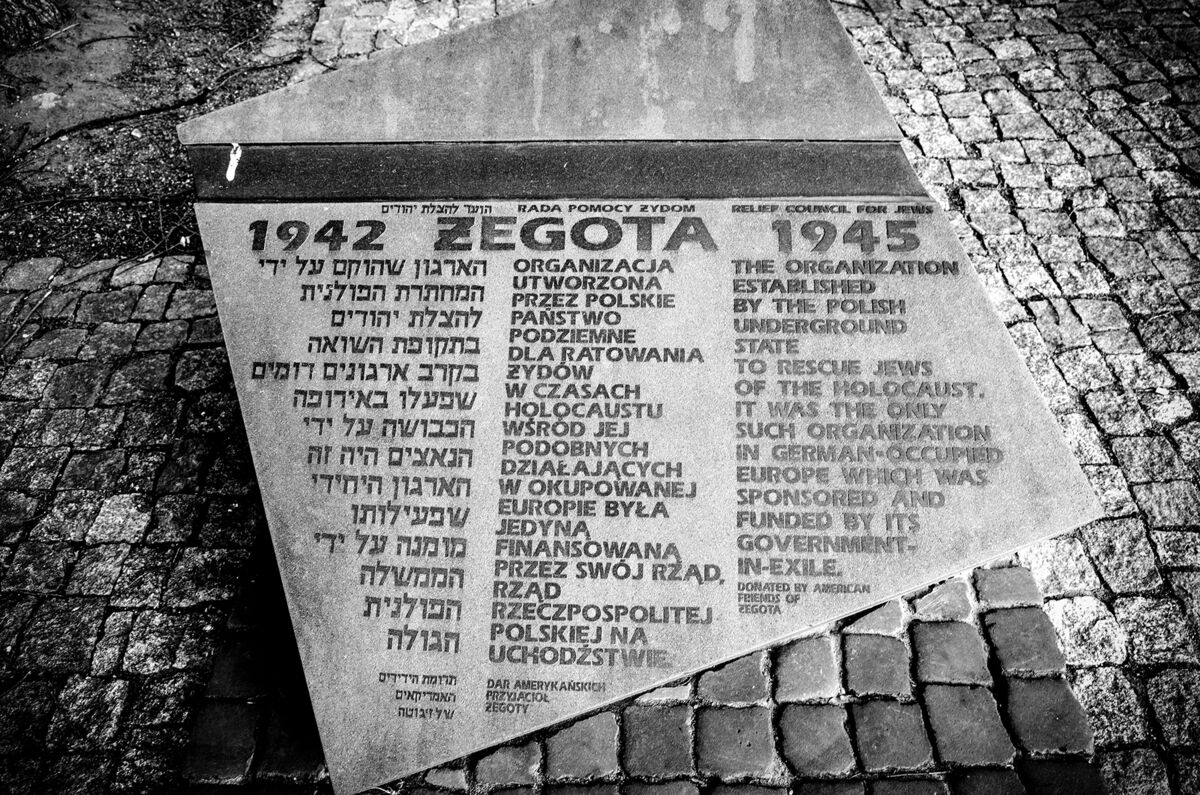
The Nuremberg trials were a series of military tribunals held after World War II. In which the political, military, judicial, and economic leadership of Nazi Germany was convicted for their crimes against humanity during the war. Lawful superior orders often known as The Nuremberg defense is a plea in a court of law that a person, whether a member of the army or a civilian, not to be held guilty for actions which were ordered by a superior officer or a public official. The Nuremberg defense was not accepted by the judges at the Nuremberg trials who judged that every individual are responsible for their own actions against other human beings despite the laws of the nation or which orders that are given. The trials marked a turning point between classical and contemporary international law. And in their judgement the judges in Nuremberg affirmed the principle of the freedom of conscience.
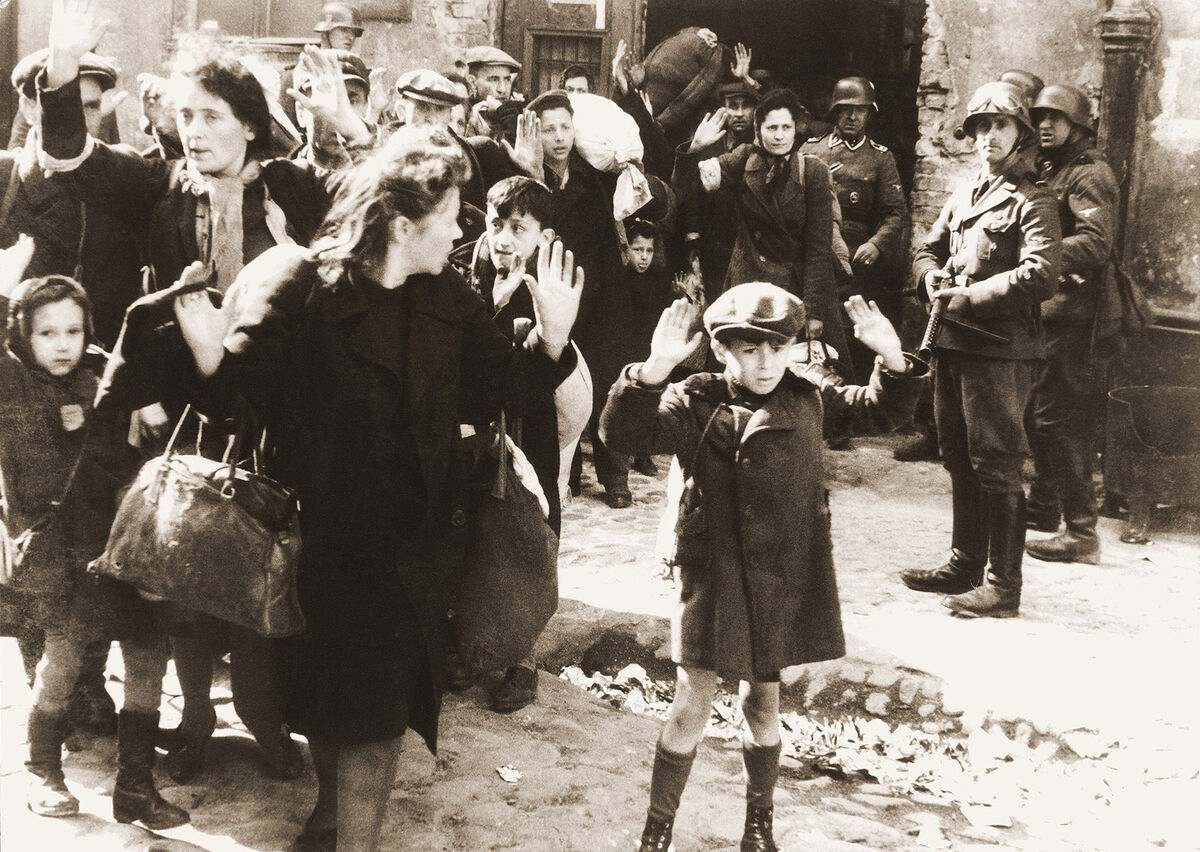
Women and children are forcibly taken out of a shelter in the Warsaw ghetto by Waffen-SS soldiers. The SS man on the right with a submachine gun is Josef Blösche who personally killed hundreds of Jews and sent many more to their death in concentration camps during the war. For his crimes against humanity Blösche was convicted and sentenced to death. He was executed in Leipzig in DDR on 29 July 1969. Photo: Propaganda Kompanie nr 689/CC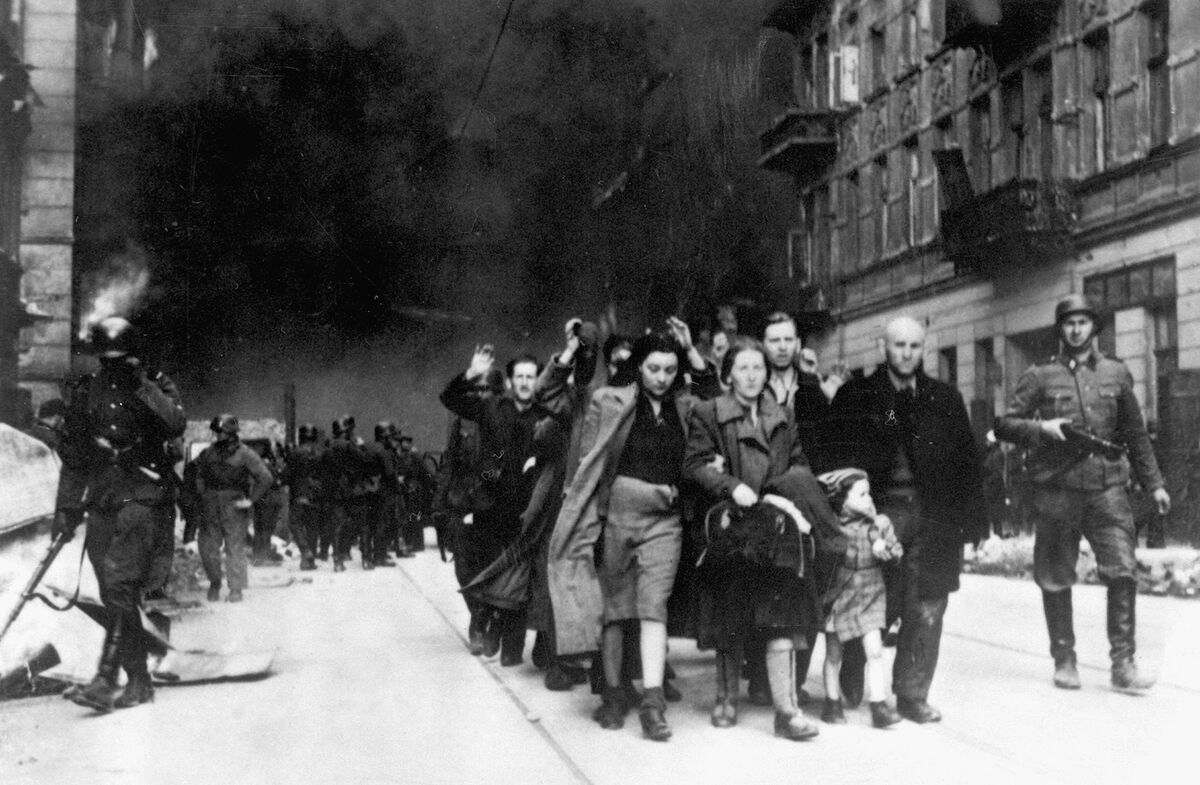
Captured Jews in the Warsaw Ghetto are taken away by Waffen-SS men. At the forefront are Yehudit Neyer, her mother-in-law, her daughter and her father Avraham Neyer. When accused the surviving soldiers and officers stated that they should not be held responsible for their actions against humanity because they was just following direct orders from their superior officers. Photo: Unkown/CC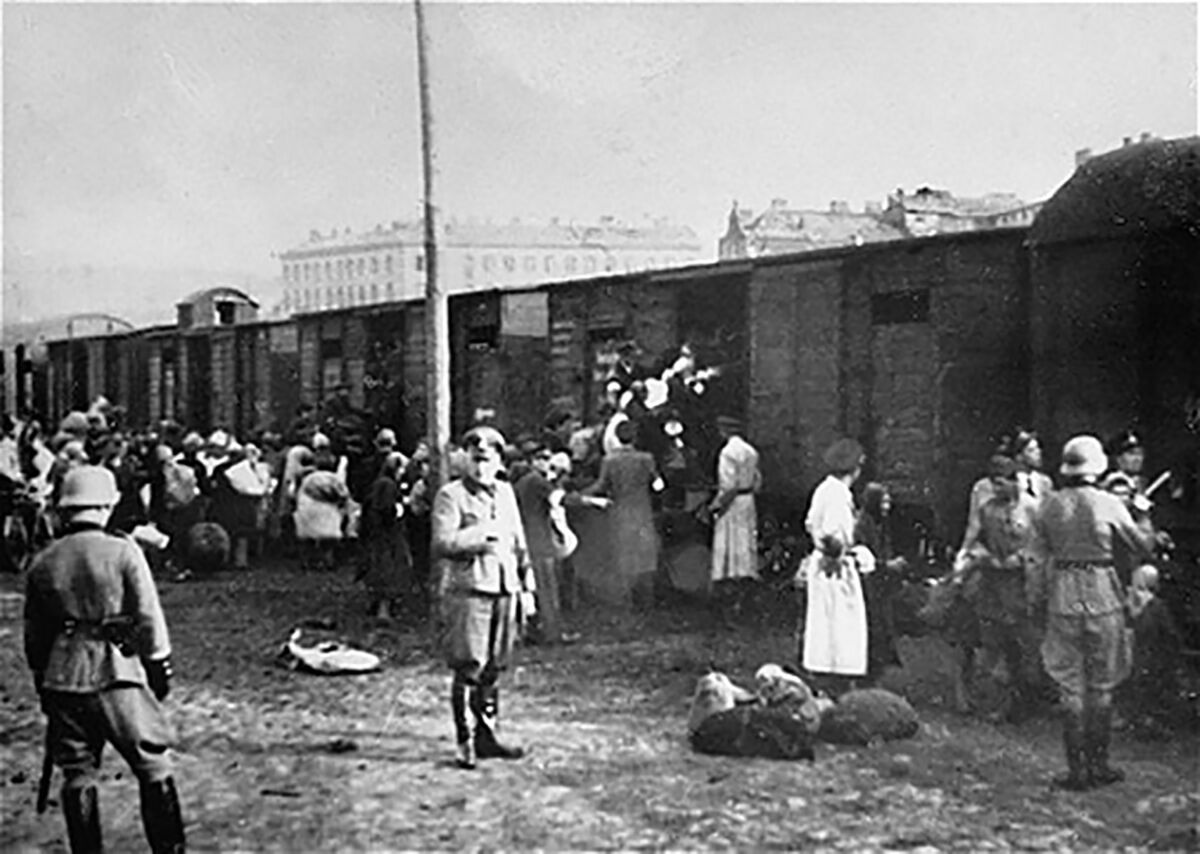
Jewish people are forced on a train in the Warsaw ghetto by german soldiers and Jewish ghetto police. The destination of the train was Treblinka holocaust camp. When accused many of the surviving soldiers and officers stated that they should not be held responsible for their actions against humanity because they was just following direct orders from their superior officers. Photo: Unkown/CC
According to the European Convention of Human Rights shall every citizen in the Europe have the right to freedom of thought, conscience and religion. Every soldier, policeman and health care personal in Europe has the right to disobey direct orders that are considered to them to be crimes against the humanity. The freedom of conscience is the freedom of an individual to hold or consider a fact, viewpoint, or thought, independent of the viewpoint of the majority. One thing that differs democracies from dictatorships is that democracies allows its citizens to have freedom of conscience in such circumstances as mentioned above. 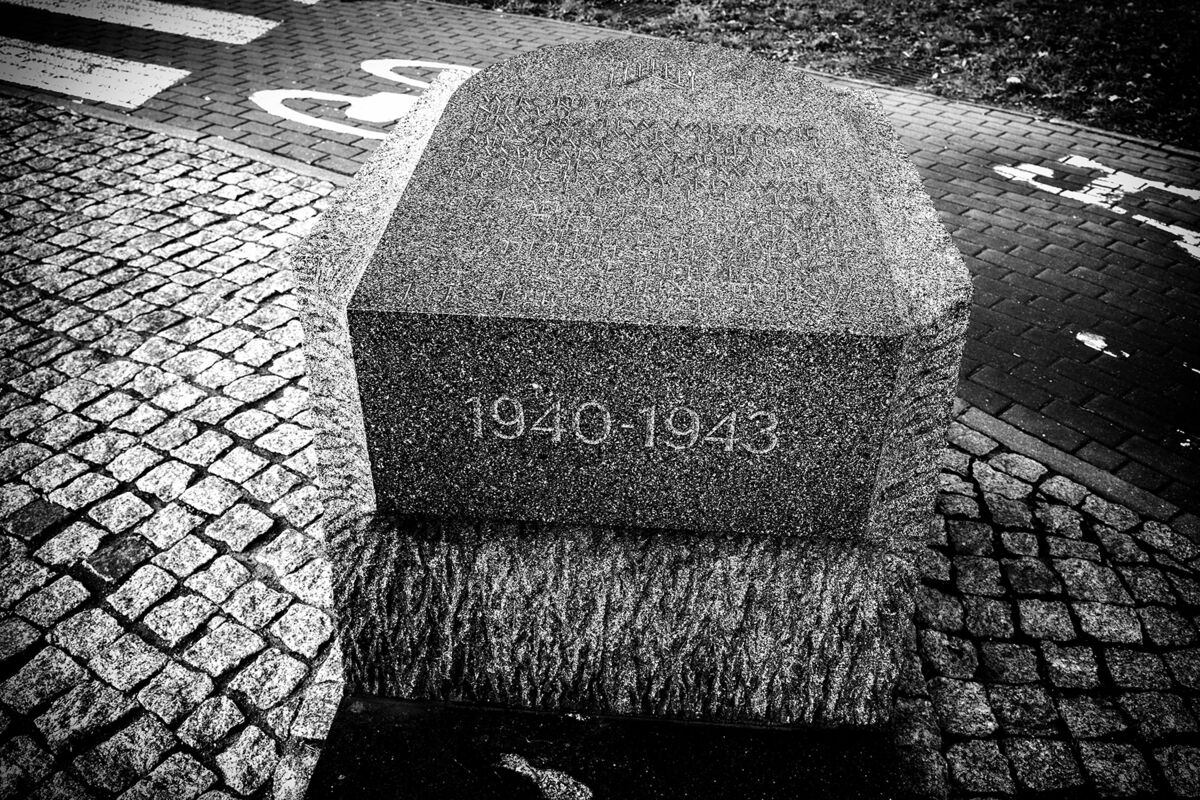
The Warsaw Ghetto was created by the Nazis in October 1940 for the detention of Jews in Warsaw and its surroundings. At most, about half a million Jews lived within the walls of the ghetto. During the three years that the ghetto existed, tens of thousands of people died of starvation and disease and about 350,000 were deported to concentration camps where they were executed by the Nazis and their collaborators.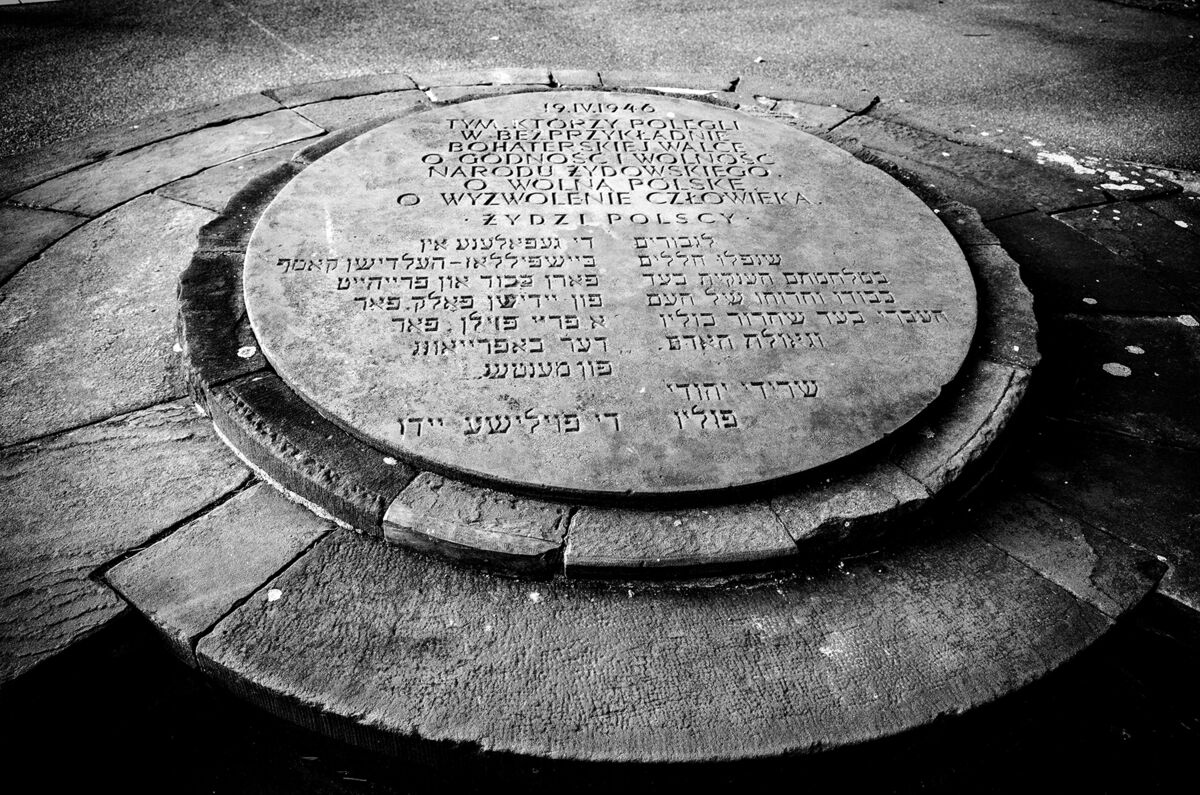
In 1943, the Jewish resistance movement in the Ghetto had enough and started to attack the Germans. They fought bravely against the superior Germans and the uprising lasted for a month. In order to smoke out the resistance the German soldiers set fire to a large number of buildings and finally the synagogue. The ghetto was turned into ashes and ruin. The surviving Jews were either killed on the spot or sent to concentration camps. Only a handful of them managed to escape the Ghetto. The Warsaw ghetto was disbanded in may 1943. The photos in this article has been taken in the Warsaw Ghetto or at the location where it once stood.
Text: Mikael Good. Photo: Mikael Good (where nothing else is stated).
Förintelsens minnesdag 27 januari 2021

I dag är det den 27 januari vilket är den internationella minnesdagen för Förintelsens offer, samma datum 1945 befriades förintelselägret Auschwitz-Birkenau av sovjetiska trupper. 2005 deklarerade FN dagen som en internationell minnesdag. Runt om i Sverige anordnas minnescermonier men till följd av pandemin sker de allra flesta digitalt.
Drygt 6 miljoner judar, och uppskattningsvis 1 miljon romer mördades av nazisterna och deras kollaboratörer under förintelsen. Nazisterna förde noggrann bok över antalet judar som mördades. Men varken de eller deras kollaboratörer var så noga med att föra bok över hur många romer som mördades. Därför kan man bara grovt uppskatta antalet romska offer, en del källor nämner 500.000 medan andra nämner 2 miljoner. Även forskningen kring folkmordet på romer är bristfällig. Men man vet att en stor del av europas romer mördades under det andra världskriget.
Barnen på bilden överlevde Auschwitz, de befriades av sovjetiska soldater den 27 januari 1945. Den har tagits ur en film som visar befrielsen av Auschwitz som gjordes av filmenheten från 1:a ukrainska fronten. Barnen på bilden heter Tomasz Szwarz, Alicja Gruenbaum, Solomon Rozalin, Gita Sztrauss, Wiera Sadler, Marta Wiess, Boro Eksztein, Josef Rozenwaser, Rafael Szlezinger, Gabriel Nejman, Adek Apfelbaum, Hillik Apfelbaum, Mark Berkowitz, Pesa Balter, Rut Muszkies, Miriam Friedman samt tvillingarna Miriam Mozes och Eva Mozes som bär stickade hattar.
Minnesceremonin som sker i Stockholms stora synagoga är digital och kan följas via den judiska församlingens hemsida. Sändningen börjar klockan 18.30. Israels vice ambassadör Efrat Hochstetler och Kung Carl XVI Gustaf och drottning Silvia närvarar. Det kommer bland annat att bjudas på ljuständning, musik, vittnesmål av förintelseöverlevaren Eva Byk, prisutdelning, tal och bön.
Samtidigt inleds en digital minnescermoni för förintelsens romska offer i Hedvig Eleonora kyrka i Stockholm, sändningen börjar klockan 18.30, och kan följas via Facebook Live.
Text: Mikael Good. Foto: Alexander Voronzow/SUB/Wikimedia
Bildreportage – Gatuliv i Warszawa
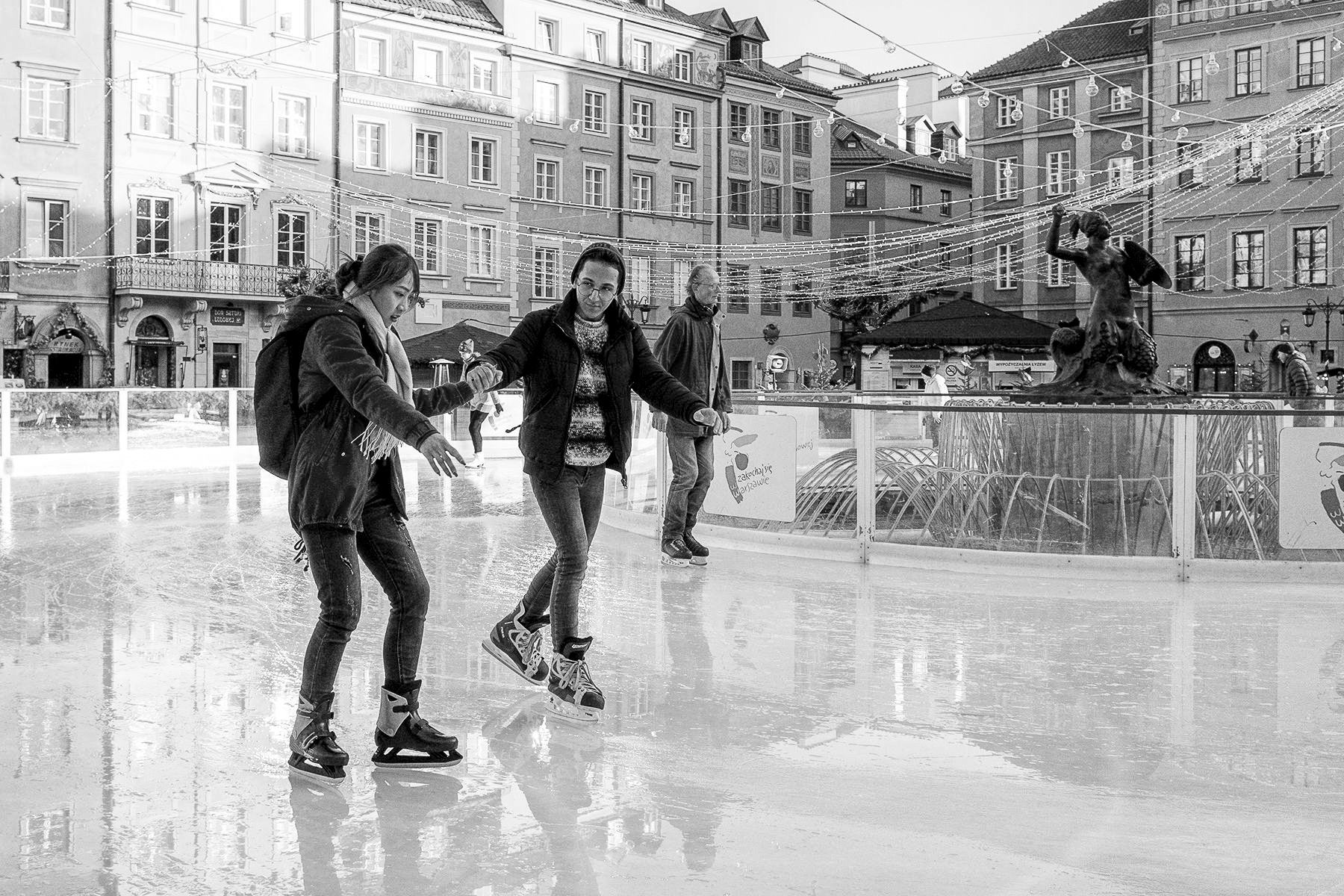
Coronapandemin har satt käppar i hjulet för många resplaner denna sommar så även för mina. Men genom att återkomma till bilder som jag tagit tidigare år har jag kunnat resa iväg en stund i tanken och återupplevt det som jag har varit med om samt upptäckt nya saker i bilderna.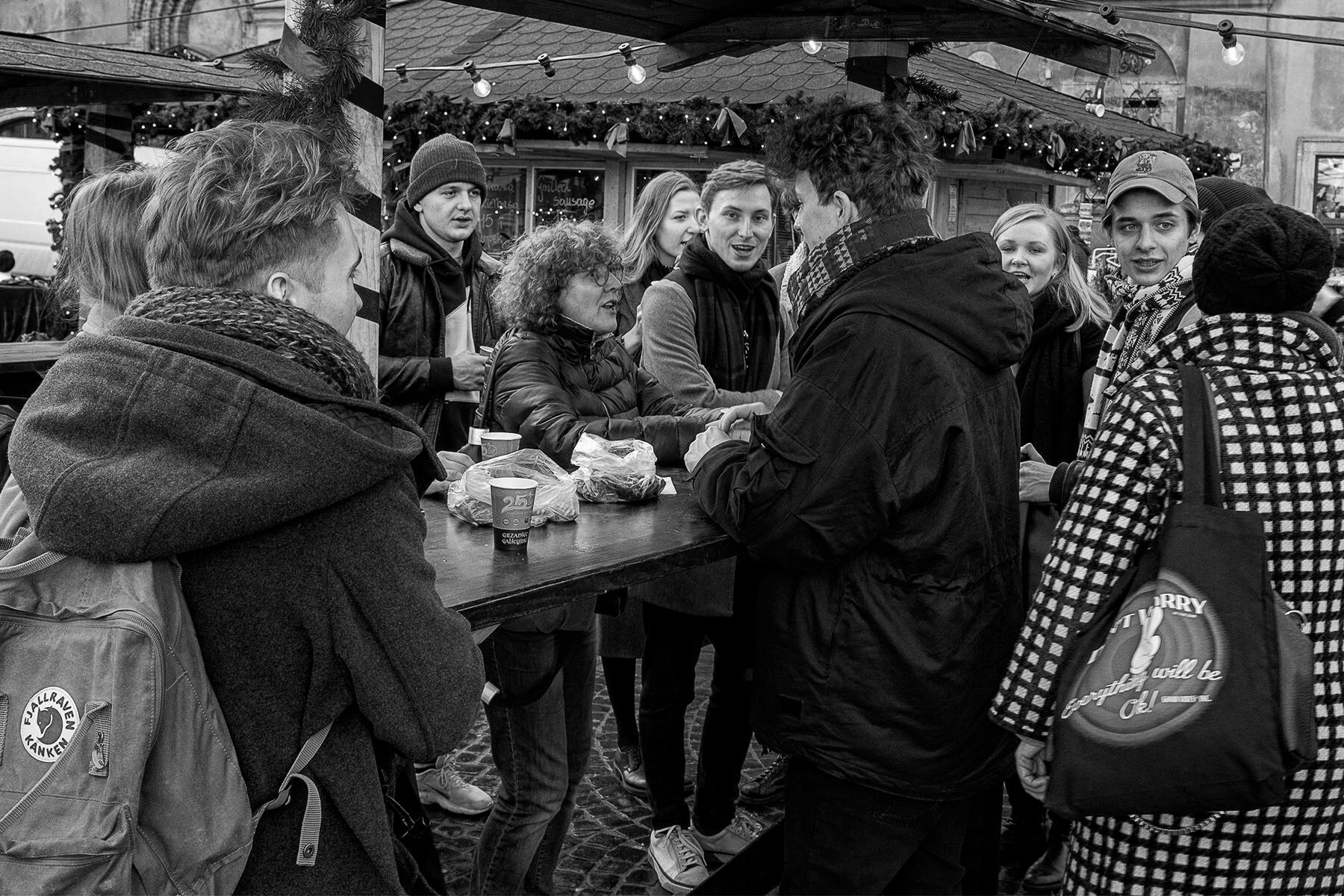



I mitten av december förra året besökte jag Warszawa tillsammans med familjen. Medan fru och barn besökte illusions museet i gamla staden passade jag på att njuta av det härliga vädret och flanerade runt i de historiska omgivningarna och dokumentera dem och människorna som vistades där med min kamera.


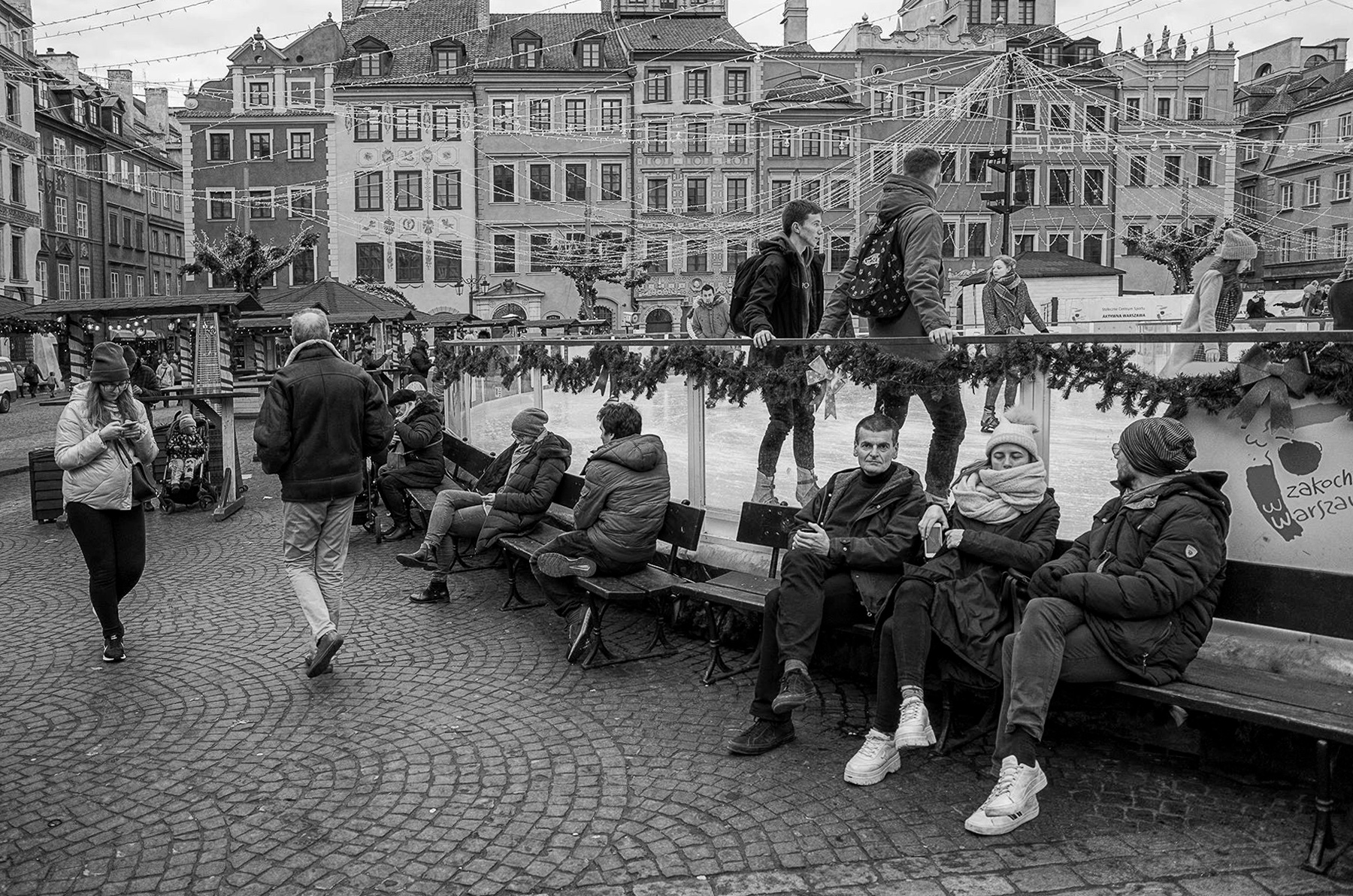
I länder som tidigare legat bakom järnridån har många äldre medborgare utsatts för säkerhetspolisens granskningar och därför kan de vara misstänksamma mot människor som smyger omkring med kameror. Min vana trogen var jag öppen med vad jag gjorde och smög inte omkring med kameran utan mötte människors blickar och gav dem ett vänligt leende om de överraskats av mitt fotograferande.

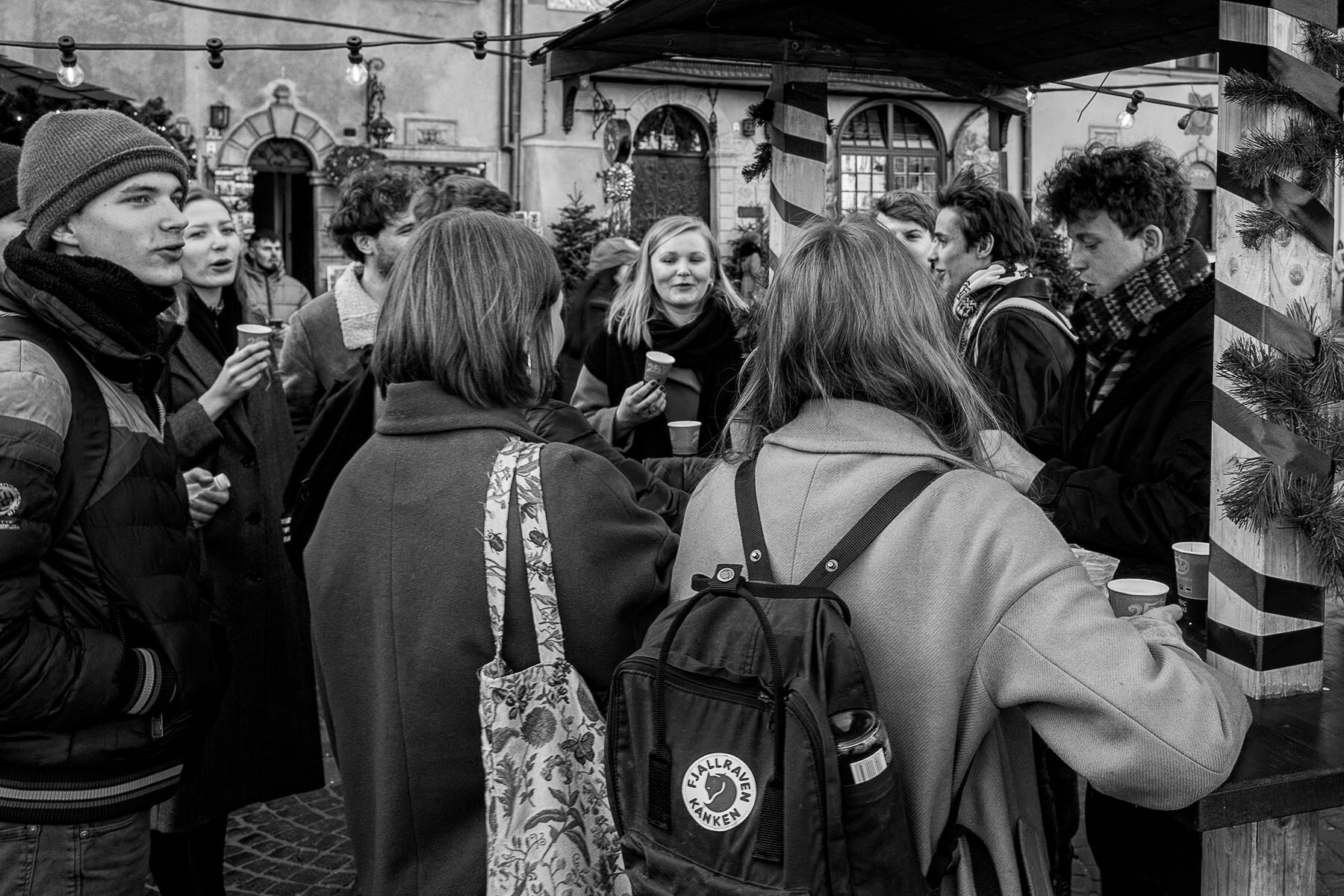
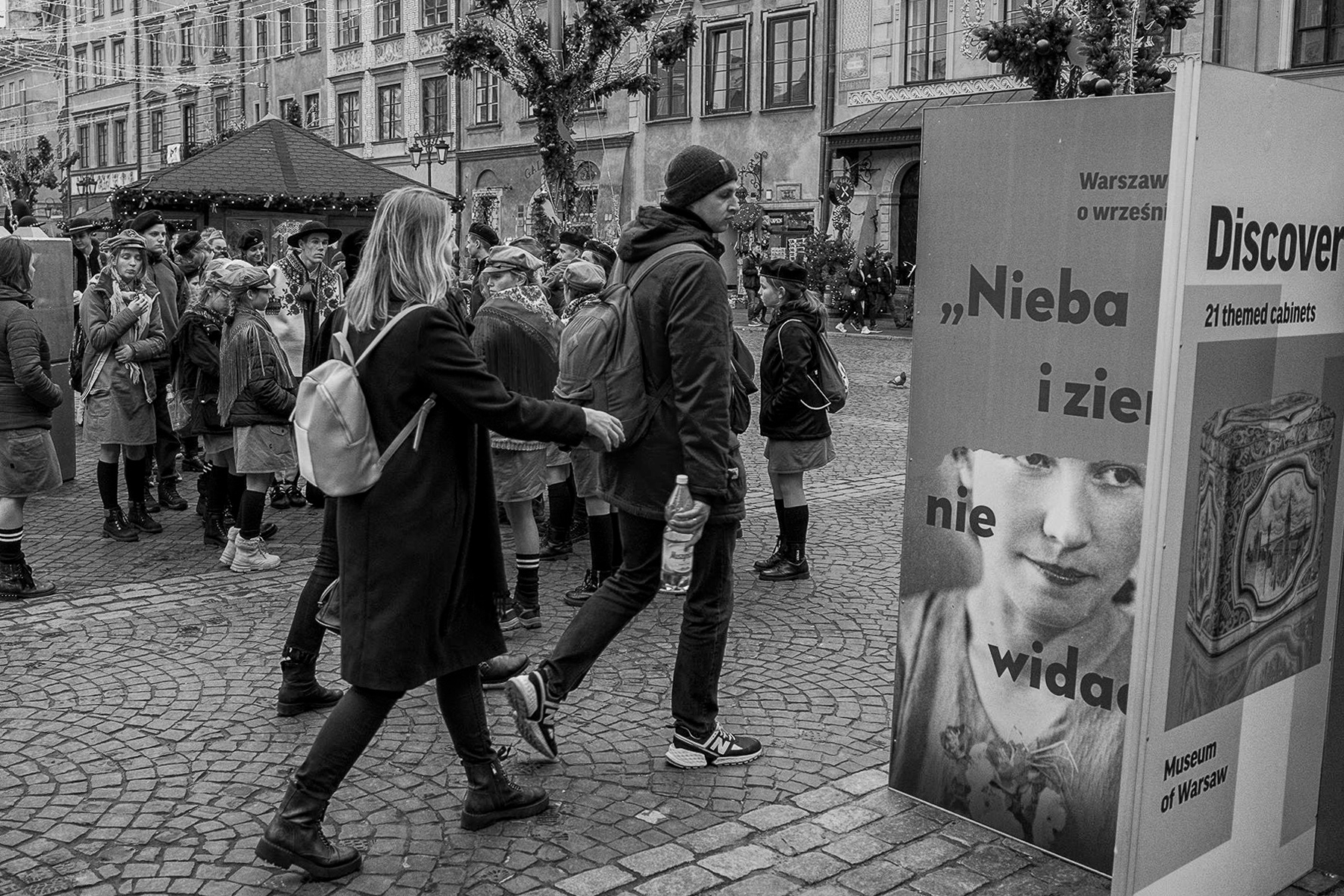
Jag såg nog inte så turistig ut för det var många turister från Polen och andra länder som frågade mig om vägen till olika sevärdheter. Även polsk TV som syns på en av bilderna ville göra en intervju med mig angående mina julaftonsplaner. När de förstod att jag inte var polack tog de tillbaka erbjudandet, men de gjorde det efter en stunds dividerande då de tyckte det lät spännande att jag skulle besöka släktingar i Indien tillsammans med familjen över jul och nyår.
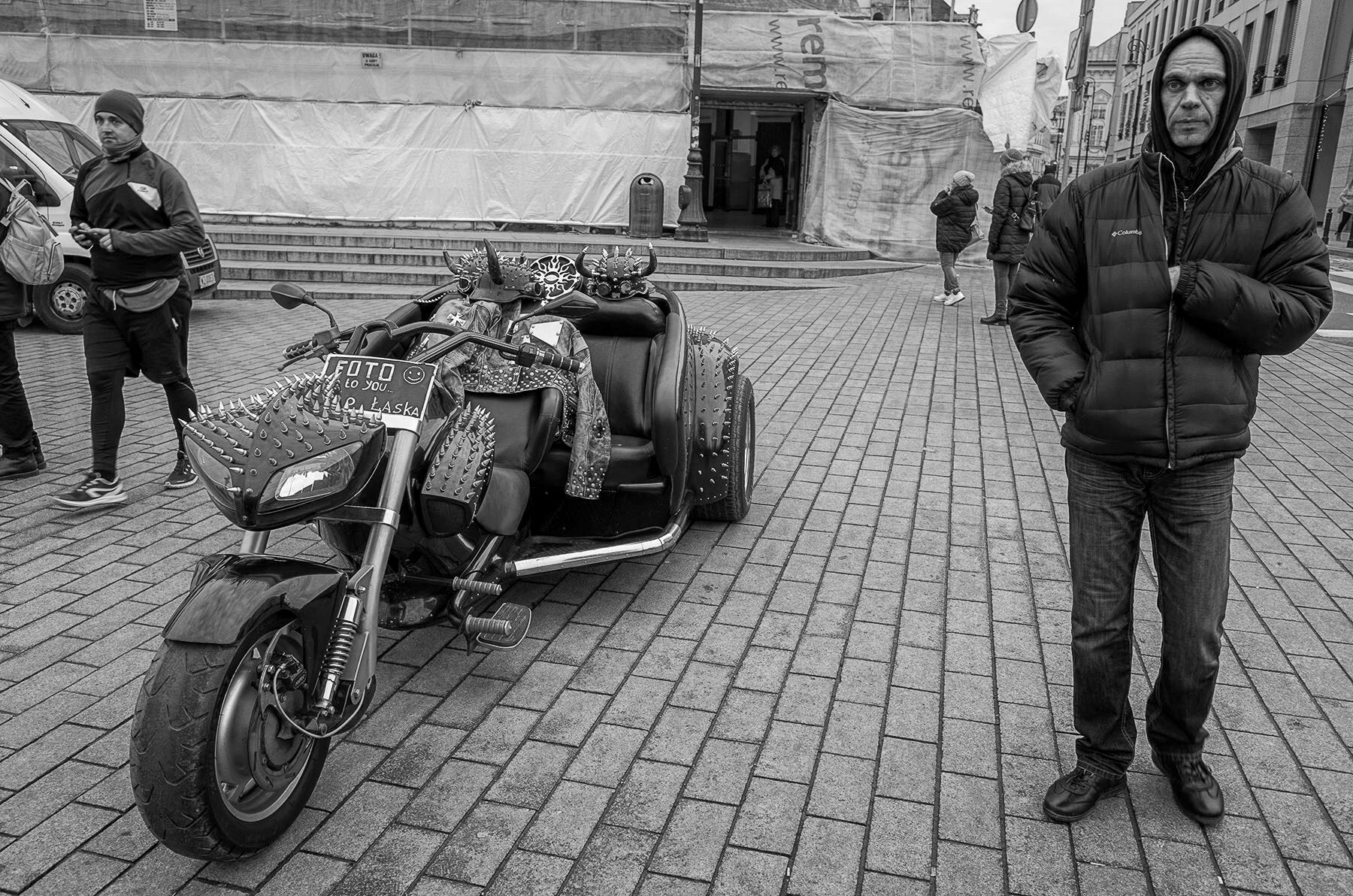
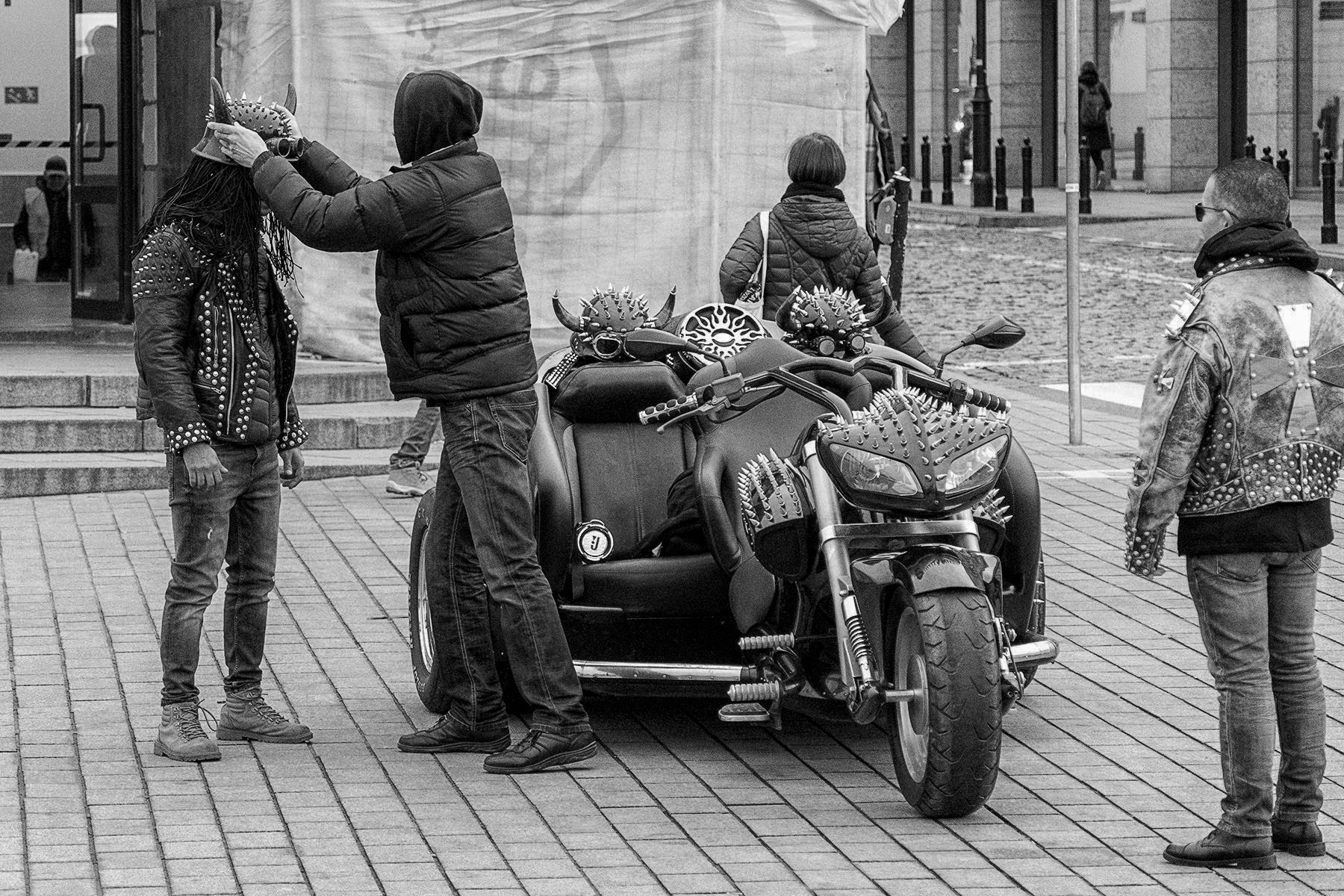

Även om jag kan lite ryska som är besläktat med polska valde jag att prata engelska denna gången. Ryssar är inte så populära i Polen men å andra sidan kan de flesta yngre polackerna engelska nuförtiden, och äldre kan ofta tyska vilket gjorde det enkelt för mig att göra mig förstådd.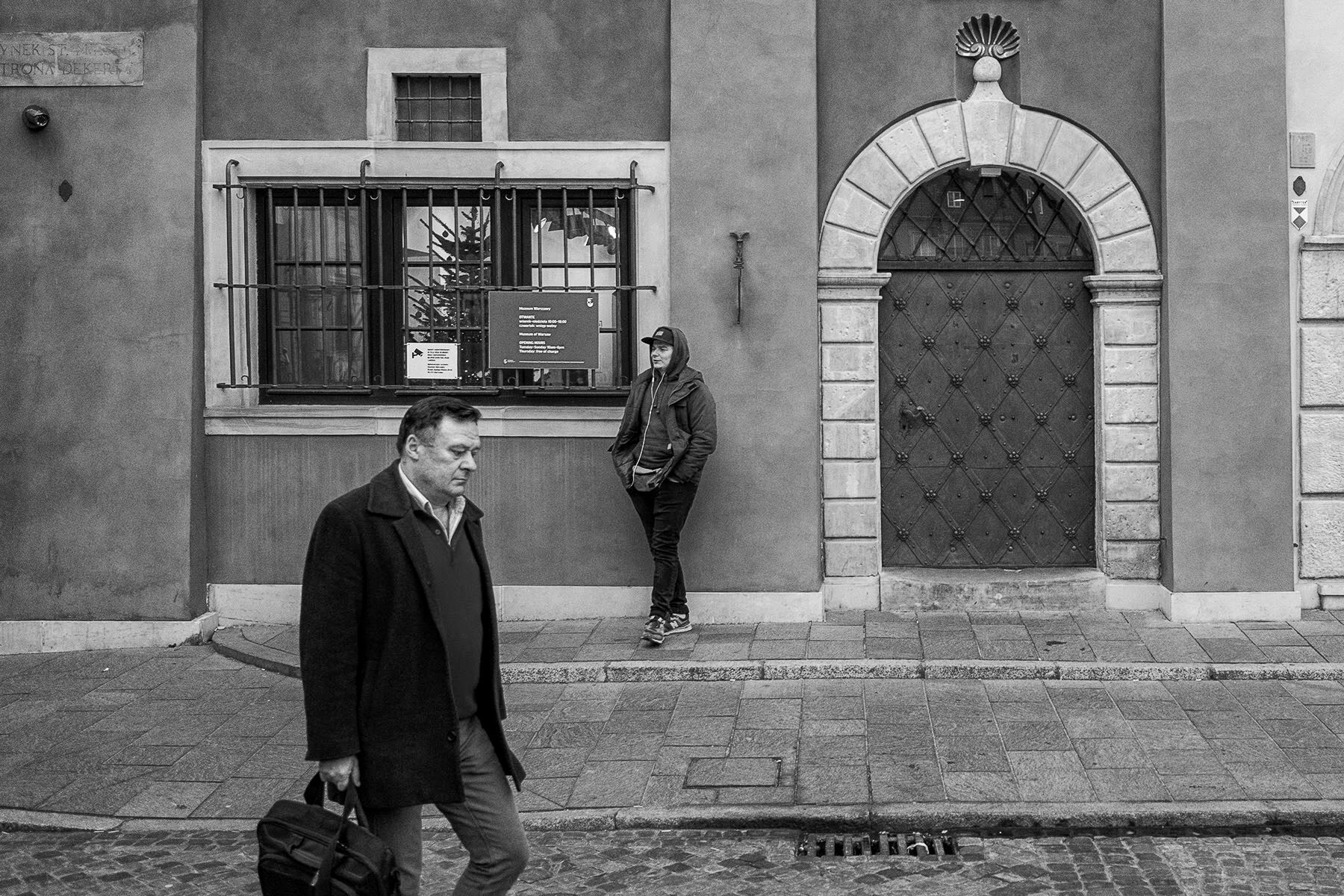
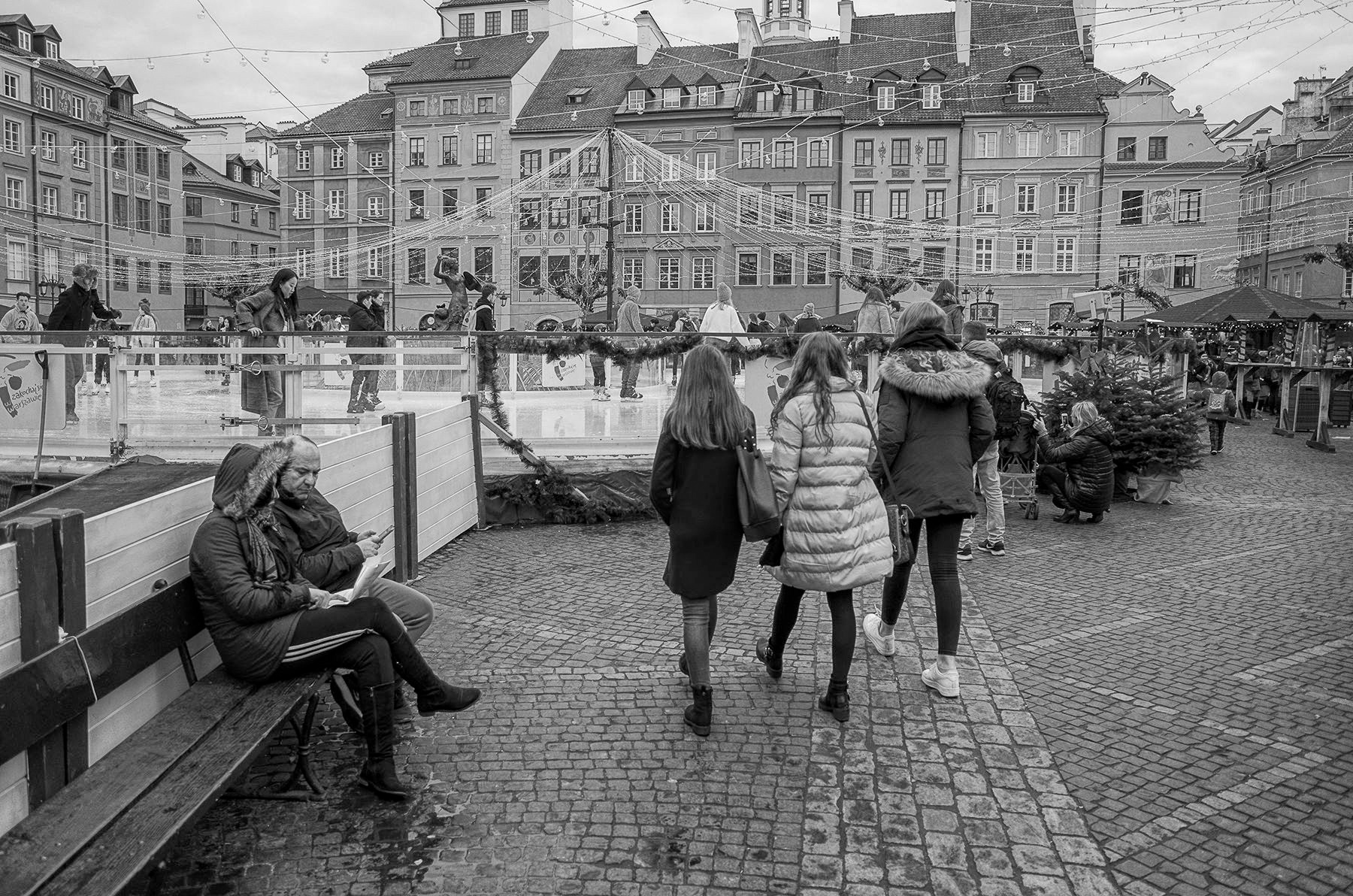

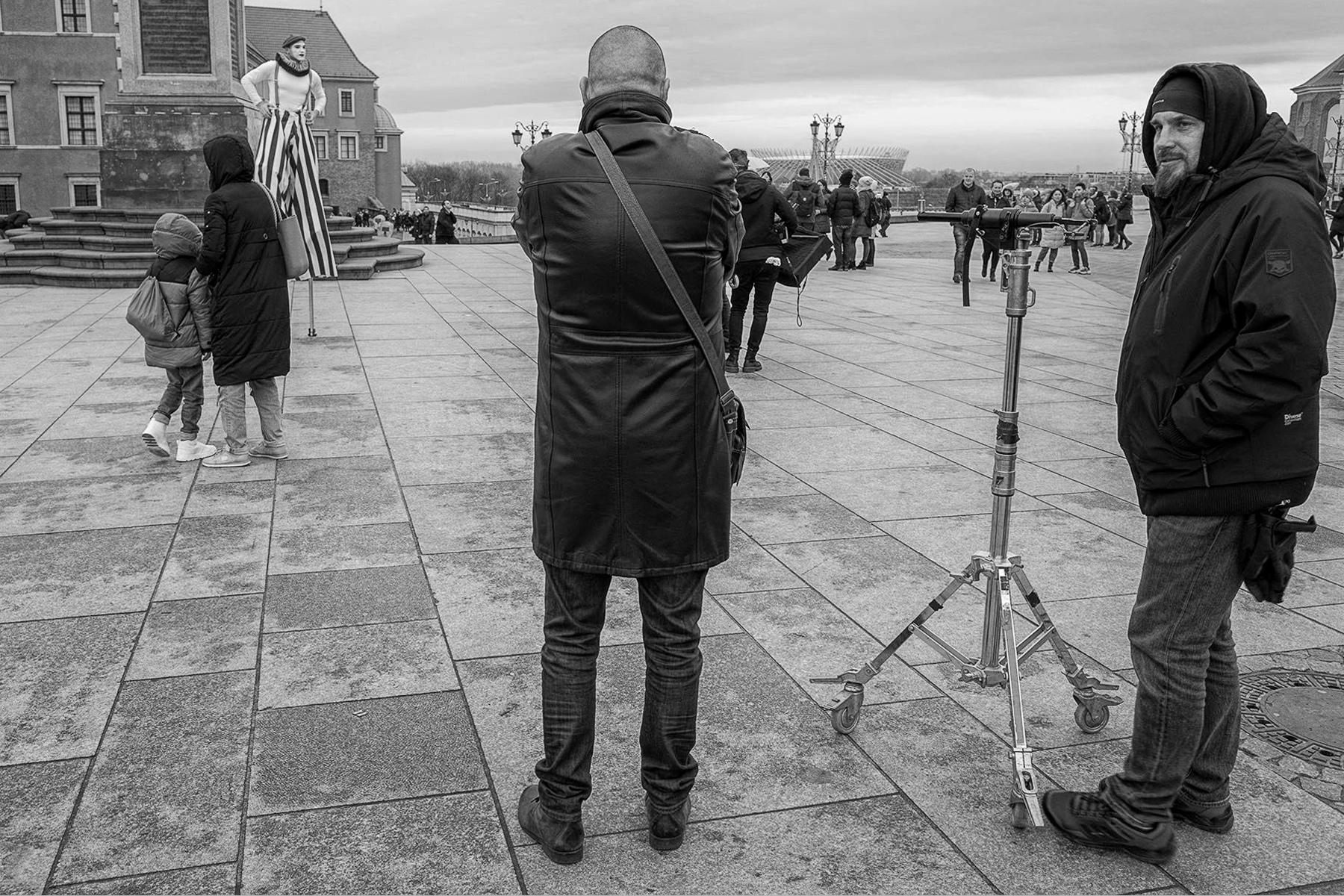
Jag använde en Ricoh GR II med GV-2 sökare och en Sony A6500 med 18-135mm till bilderna. De flesta bilderna tog jag med Ricohn.
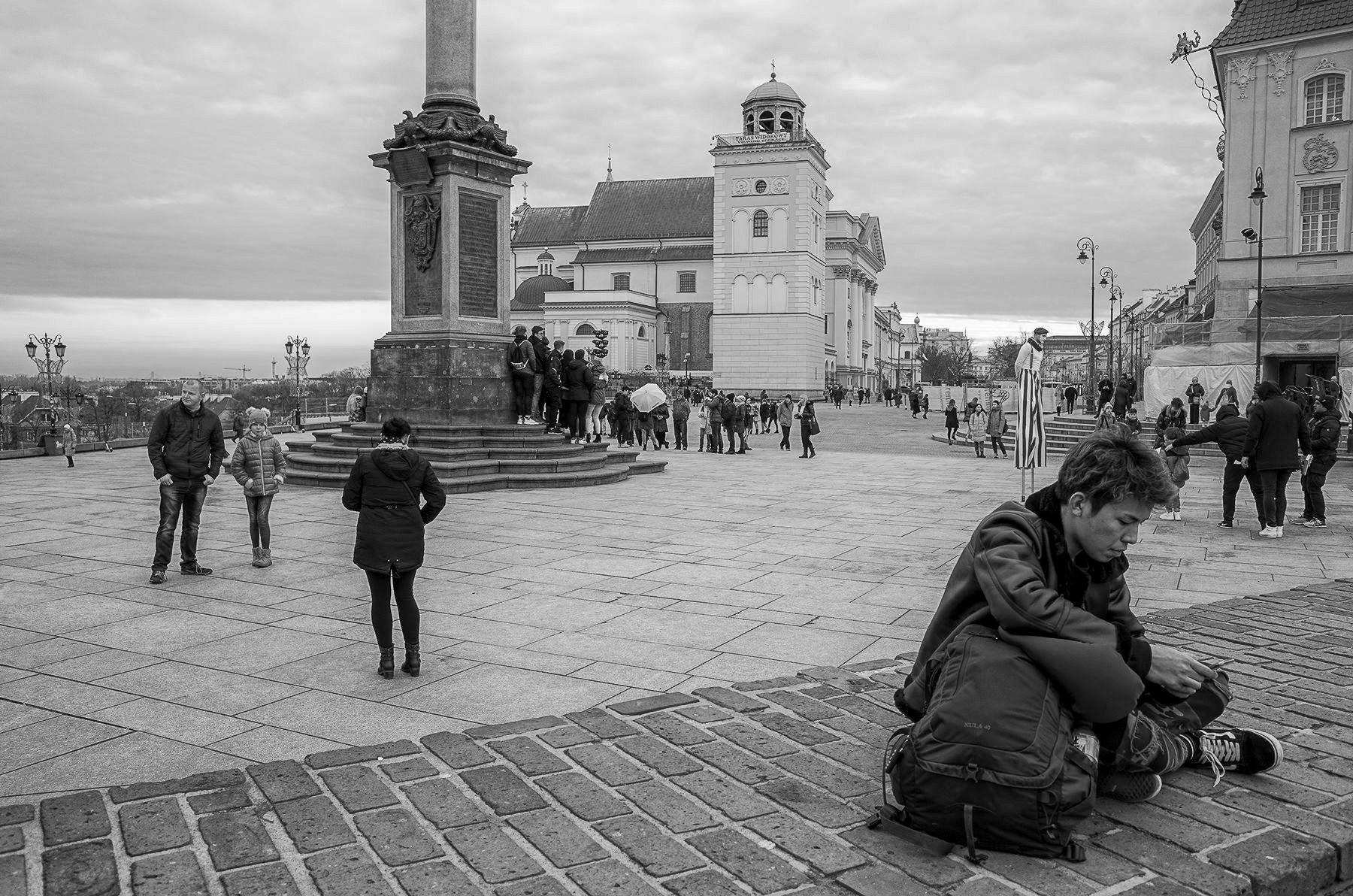
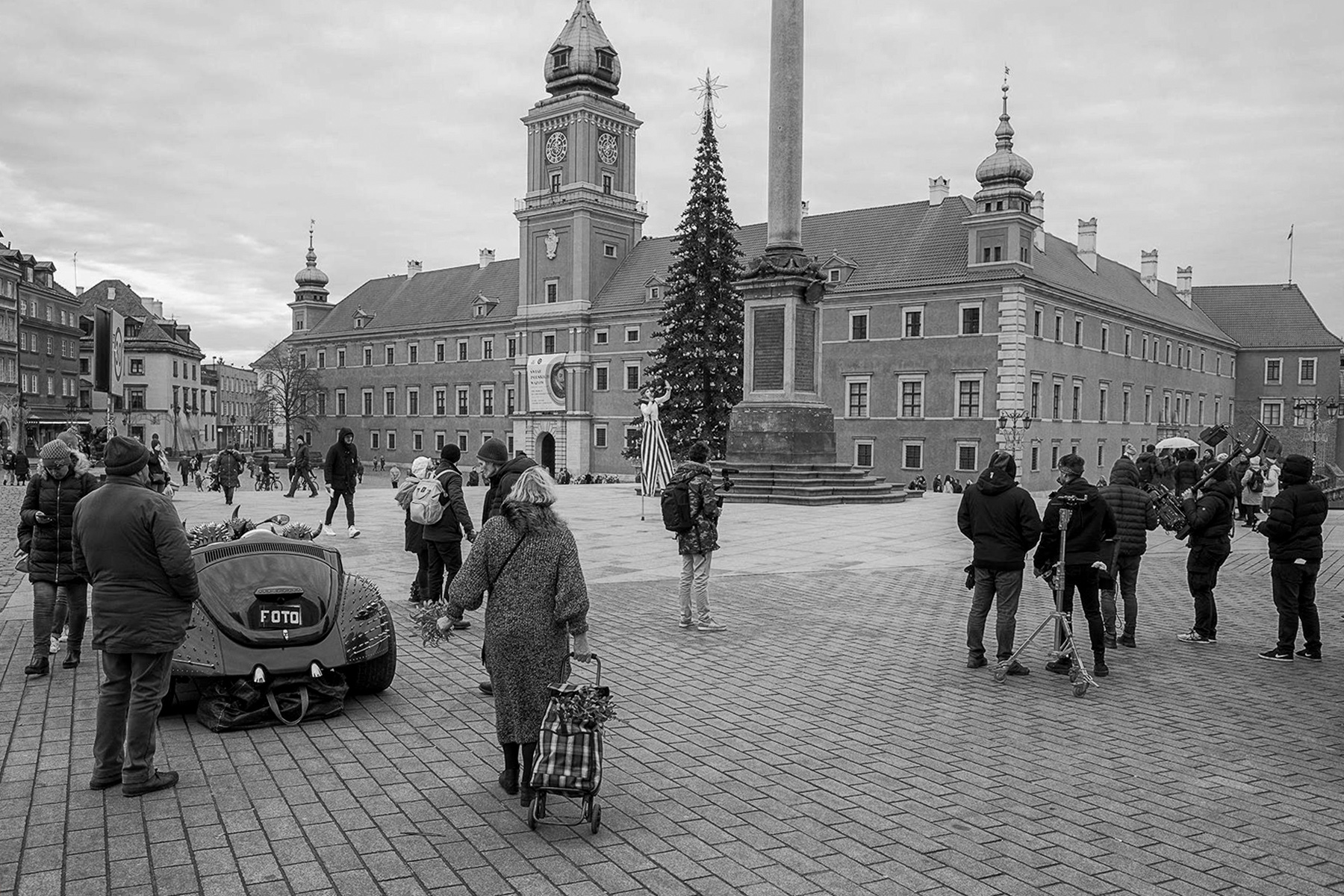
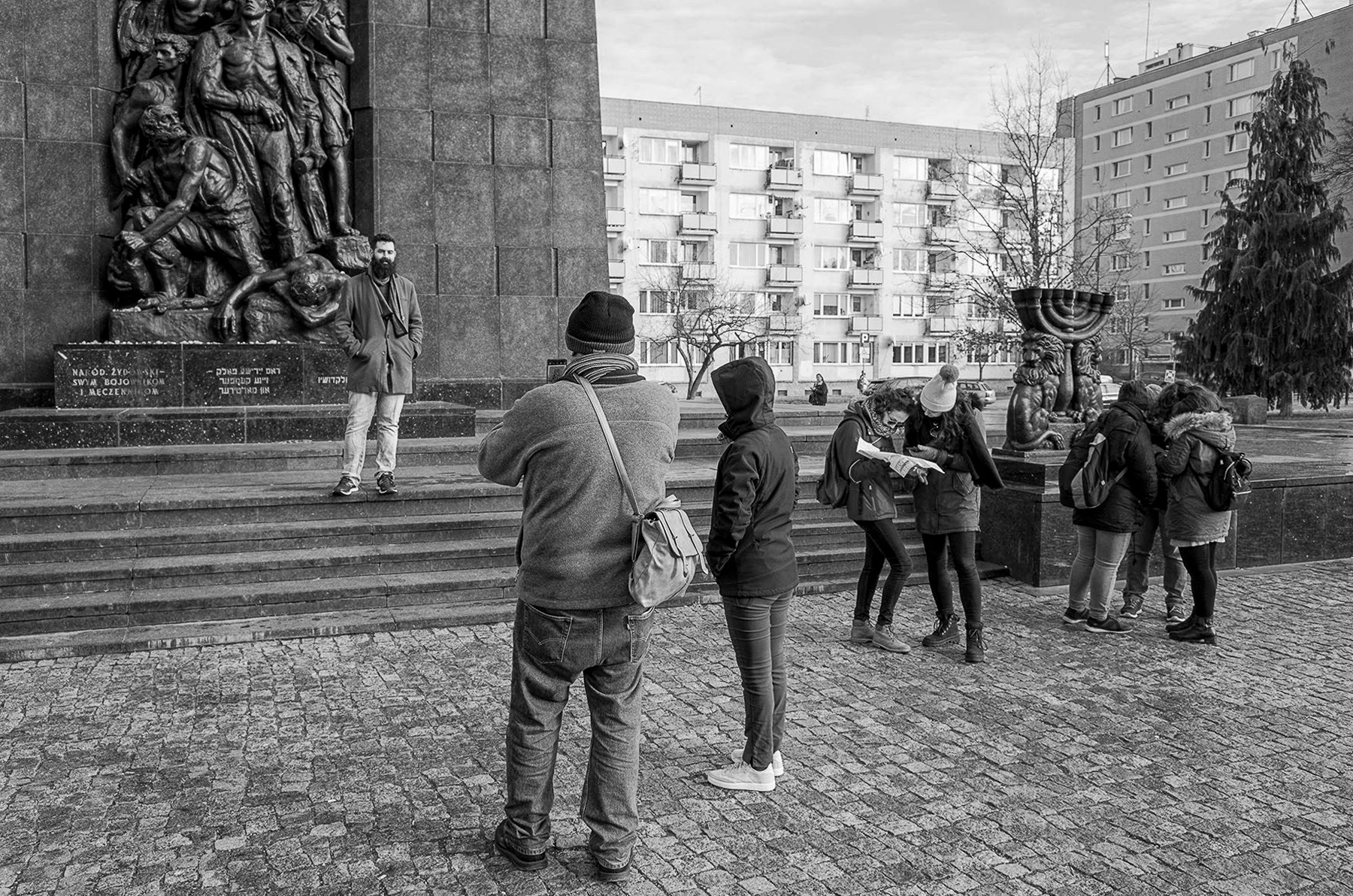

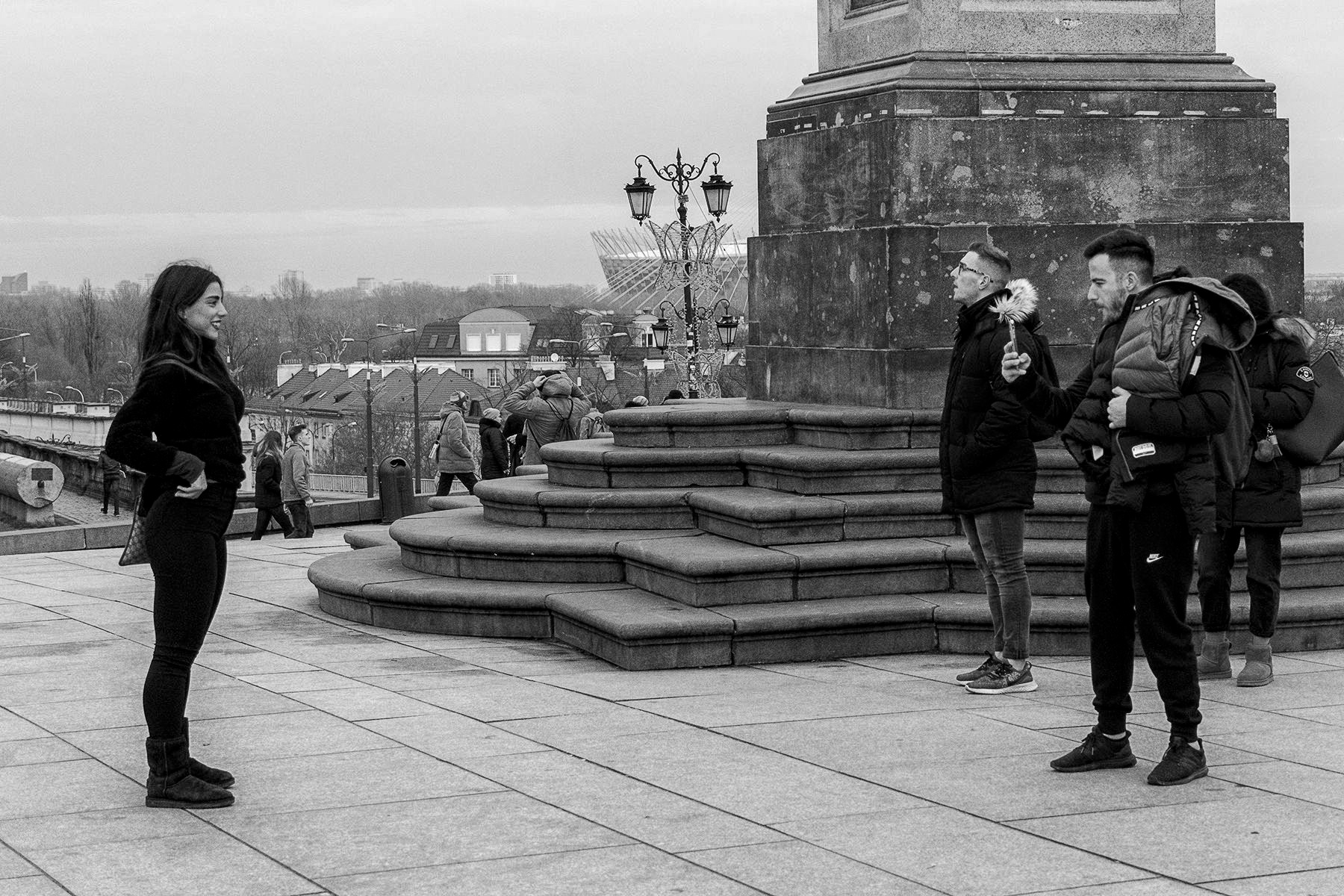
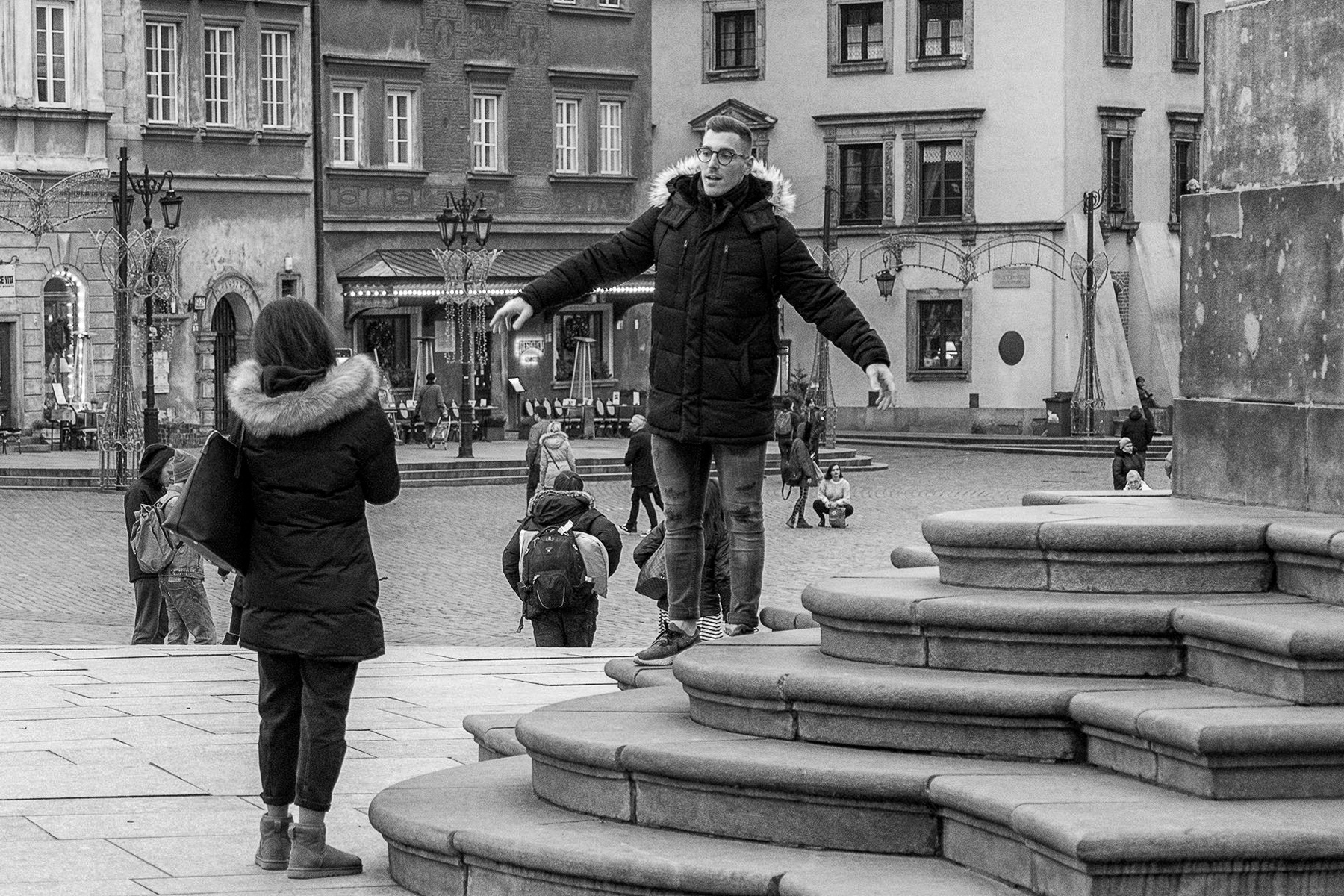
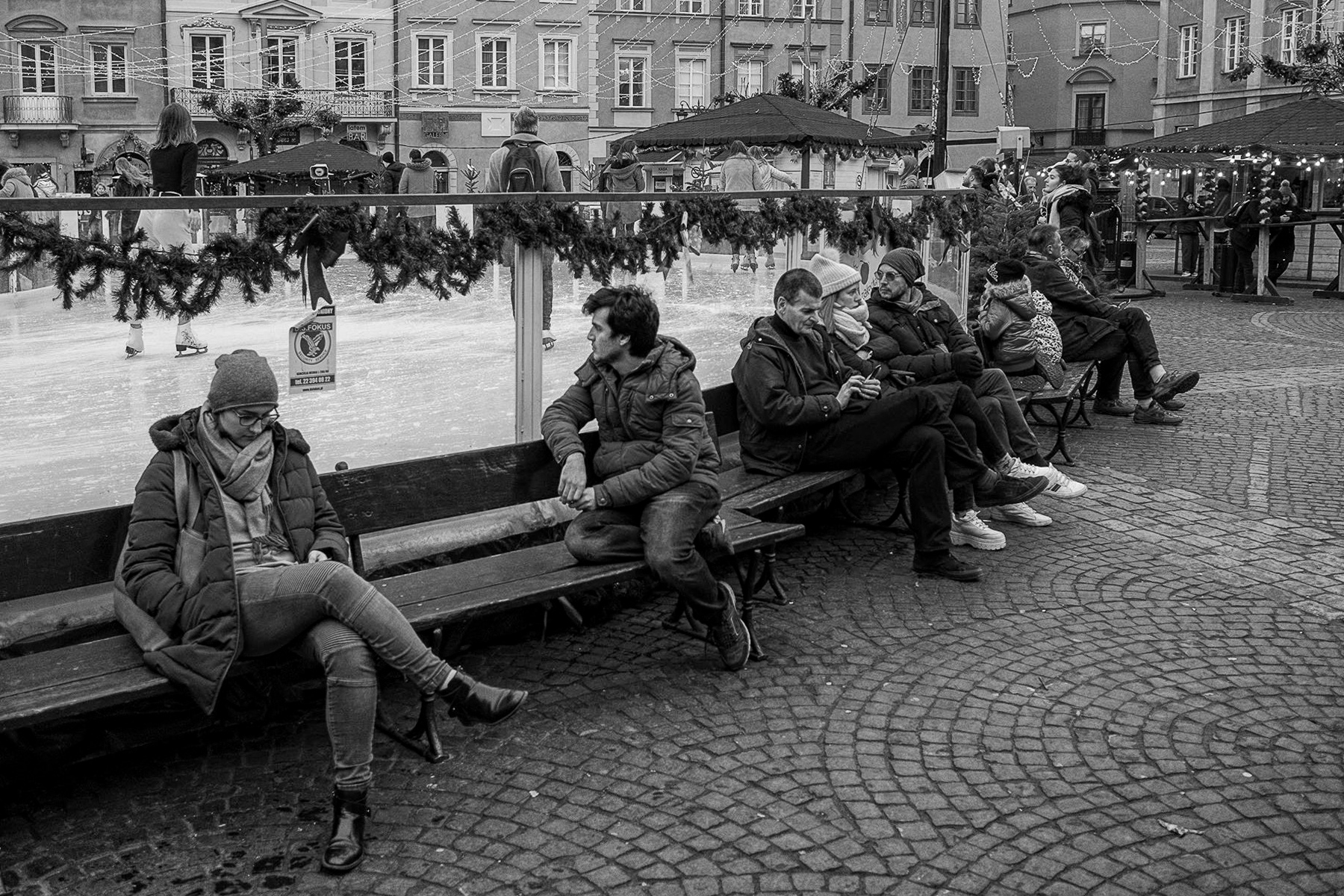
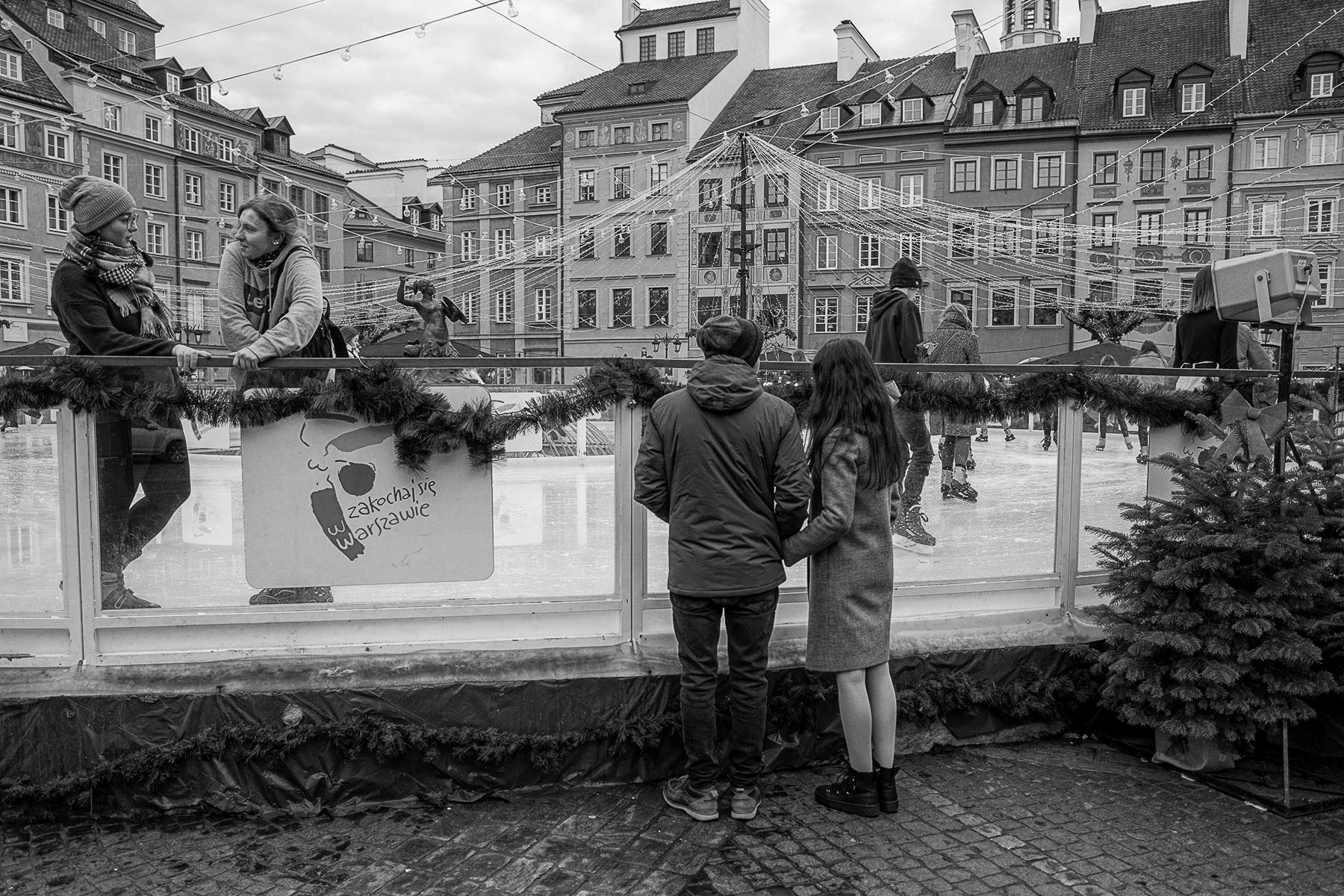
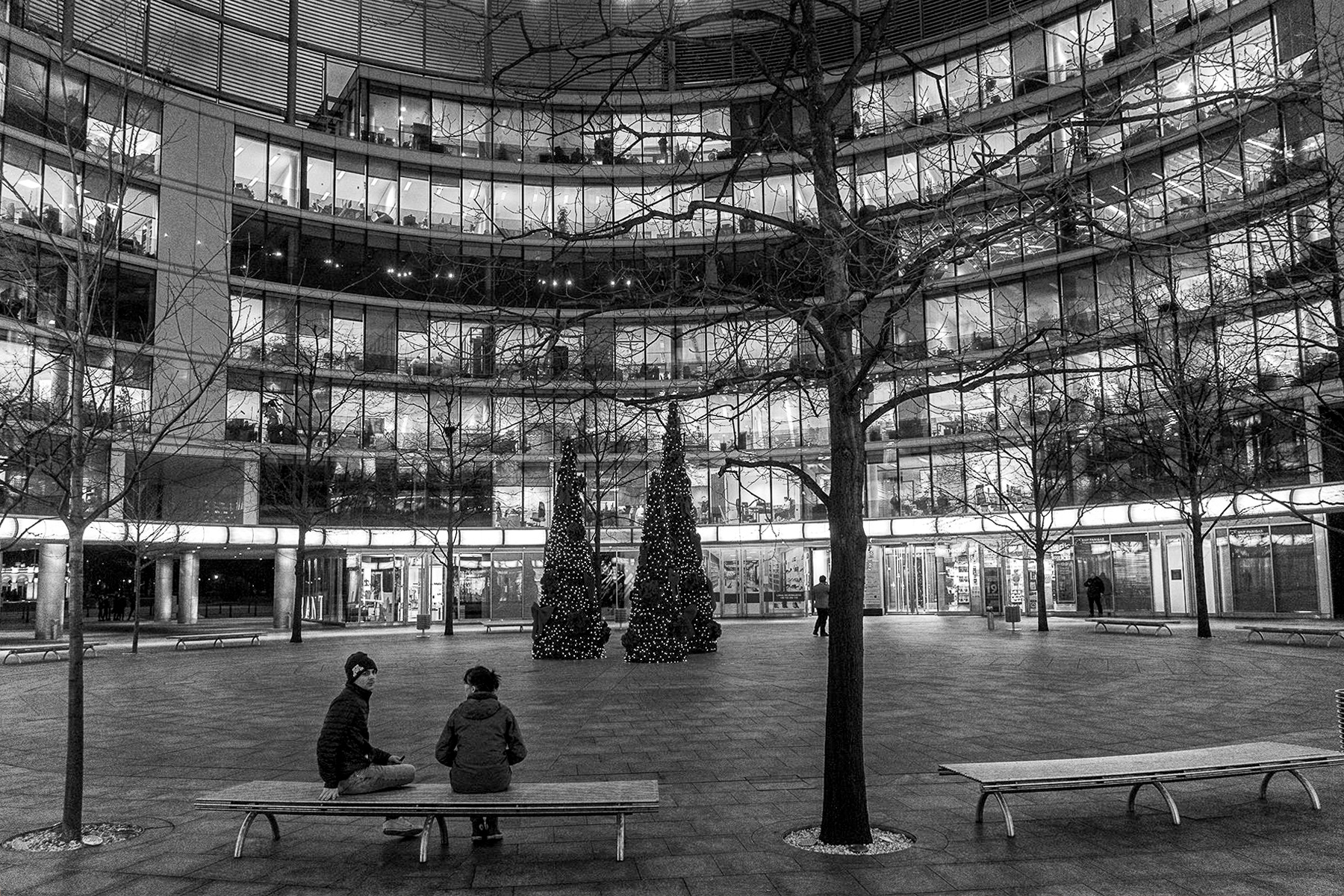


Text och foto: Mikael Good

